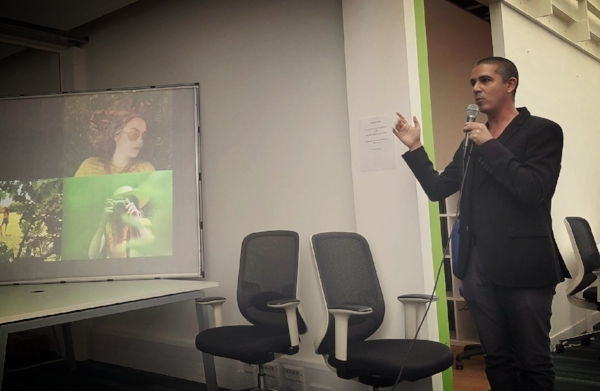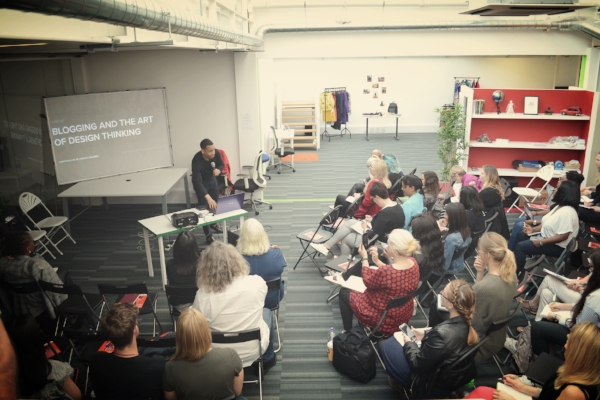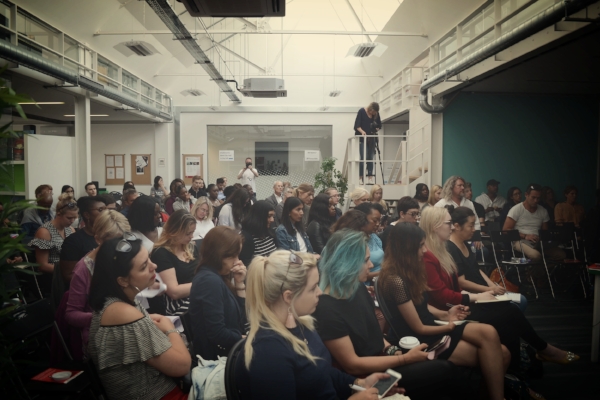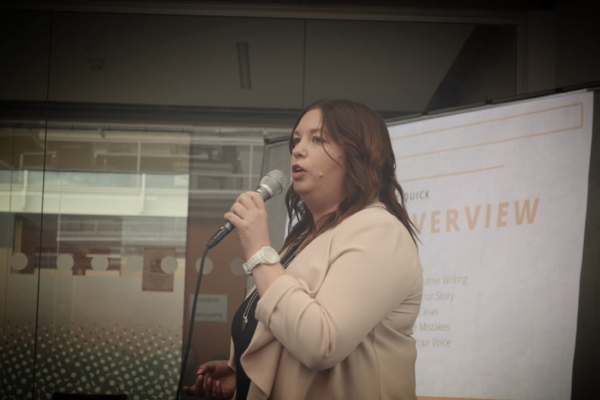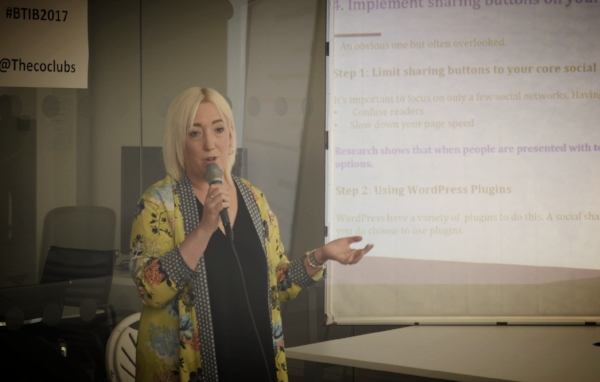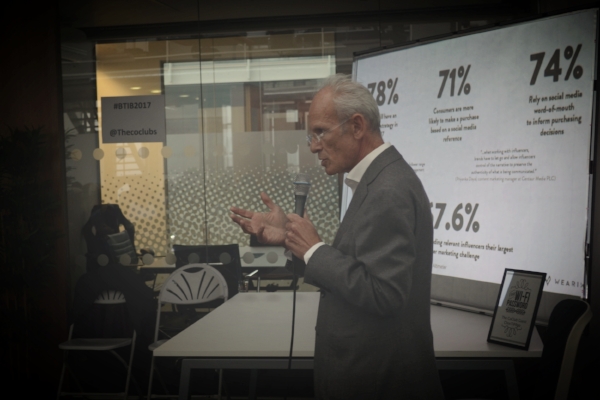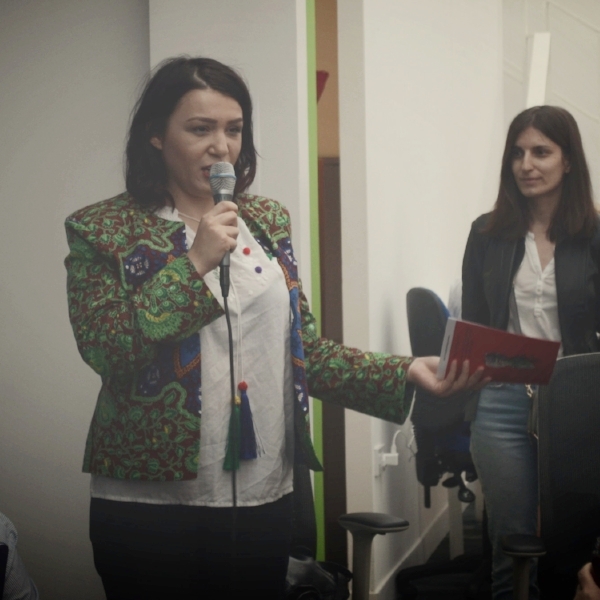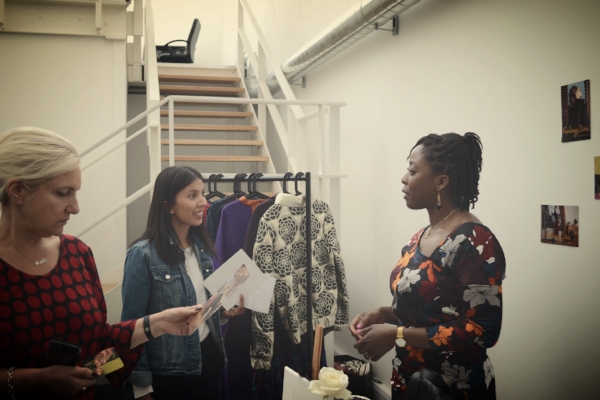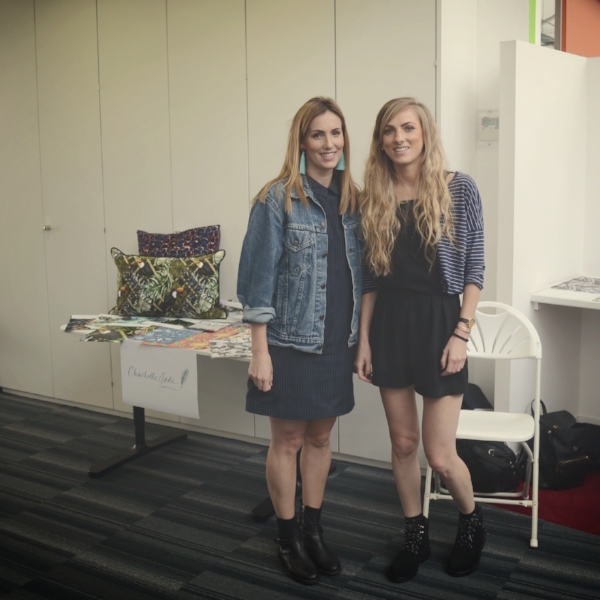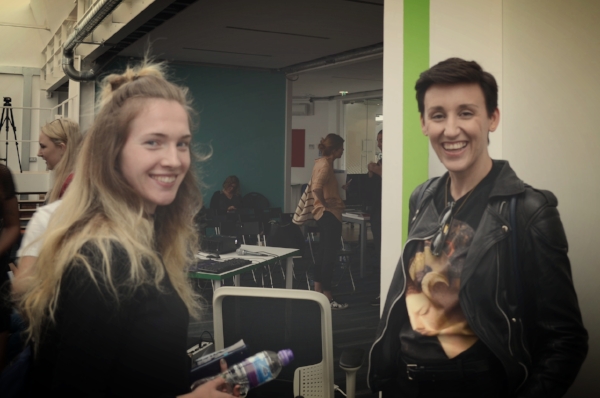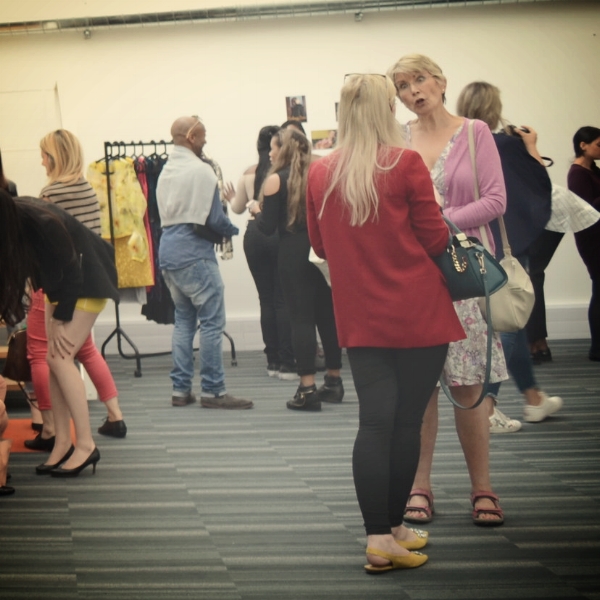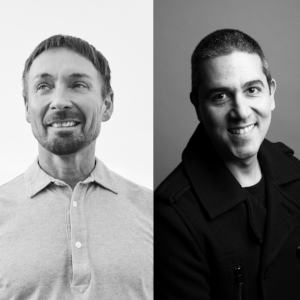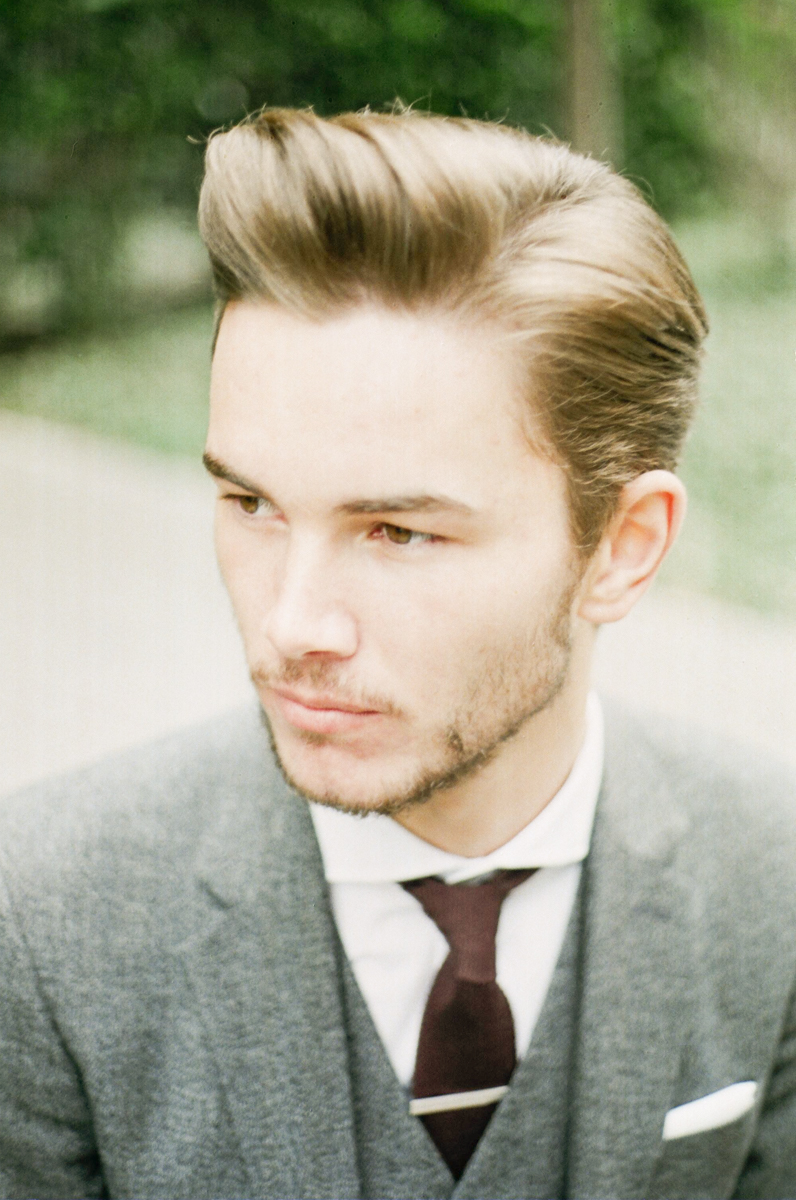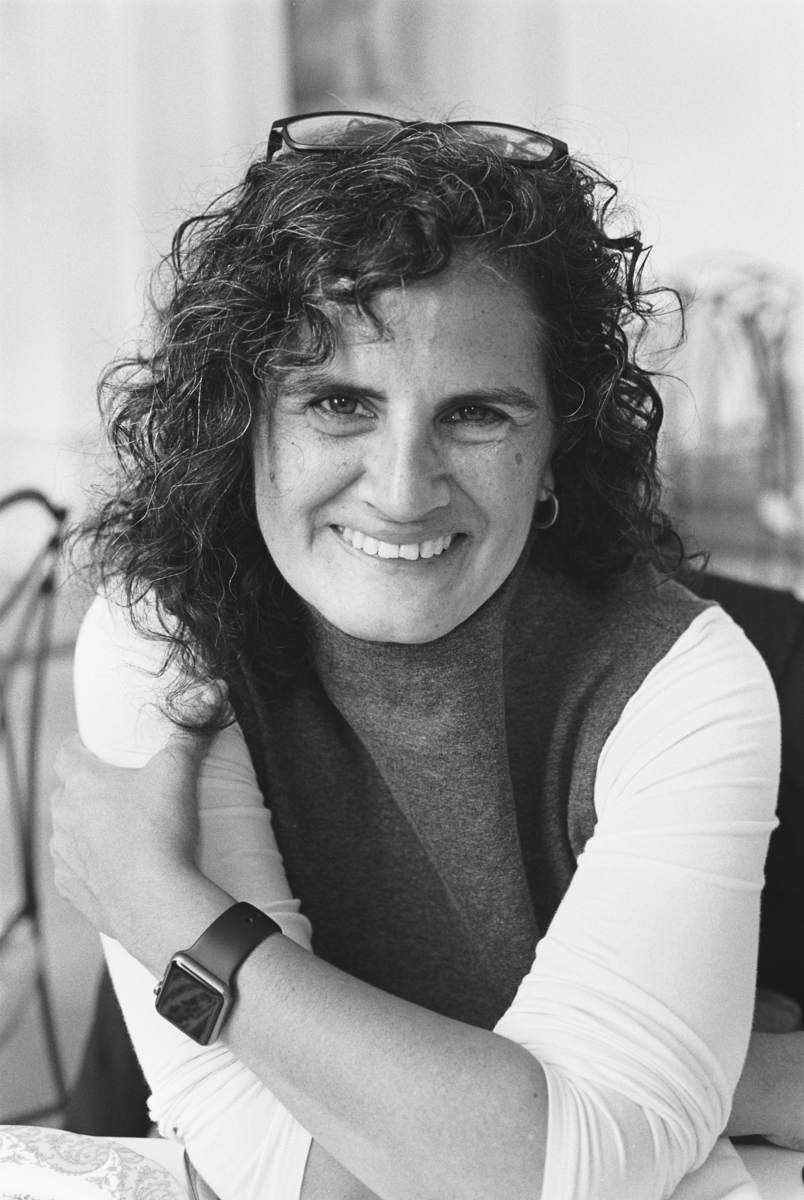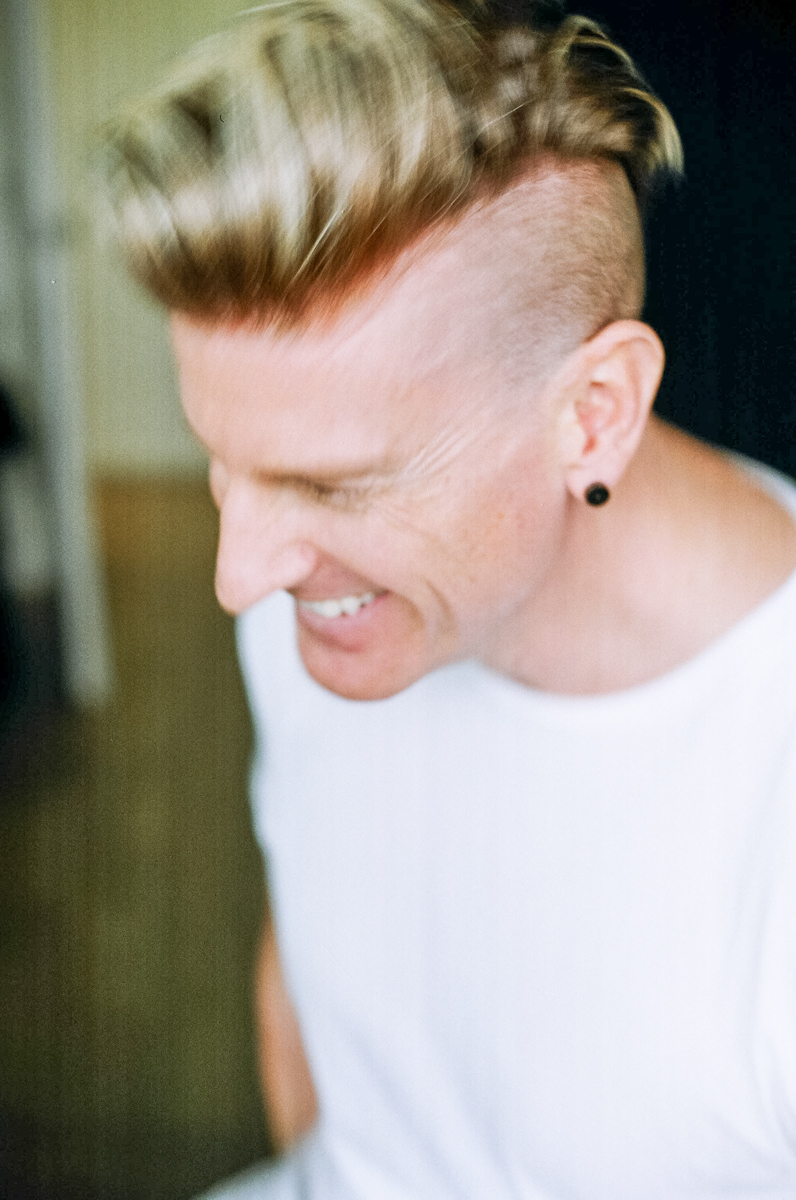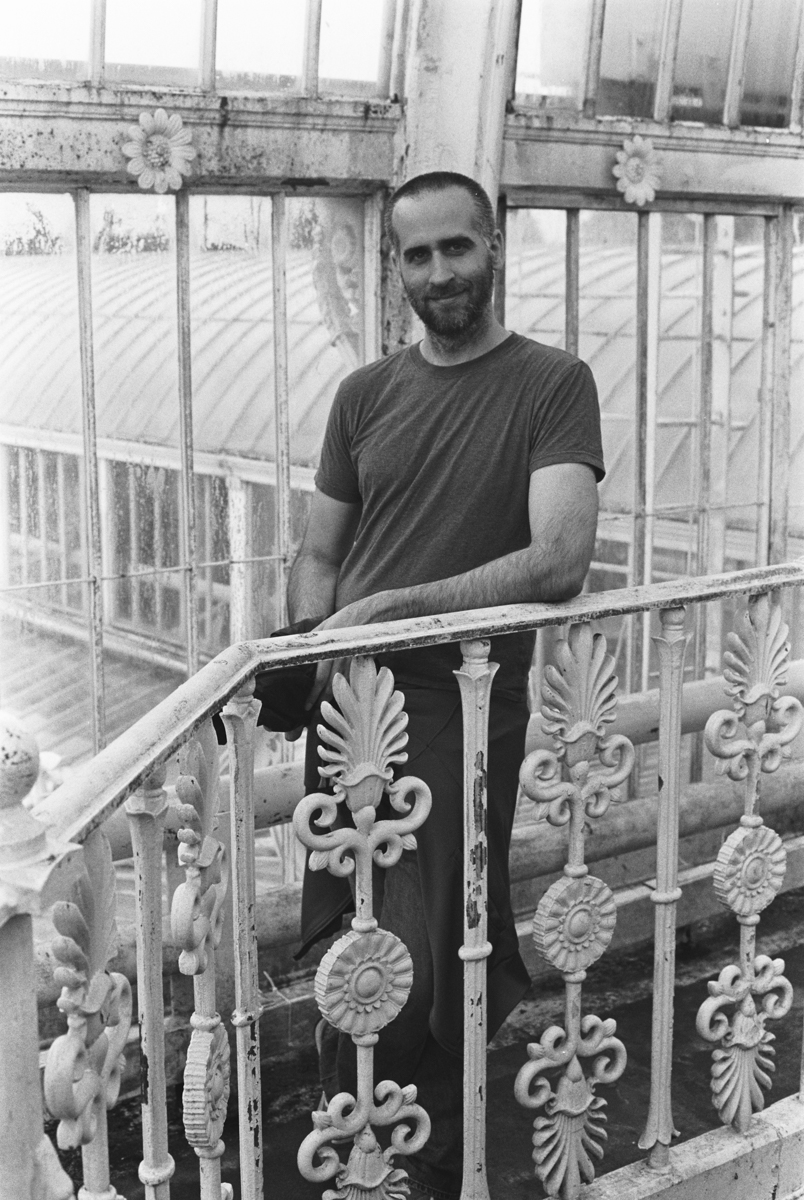This is the fifth post in my series of monthly posts where I speak with people in the creative industries and ask them questions about the things that "I Wish I Had Known" when I started out as a creative myself.
Today I chat with Kenza Yarhfouri, a BBC Development Executive based in Paris, about what a career in TV Adaptations is all about:
1. When we think of people working in TV, we think of actors, presenters, and producers, but we forget about the thousands of possible career paths in the industry. In a few words, can you explain what you do?
I'm laughing at this question. First, when I told my family and relatives that I was working in TV, they were expecting to see me on screen or to at least read my name on the initial credits! But no one waits until the very last credits... You won't see me on screen, but I'm definitely part of the TV world. I work for BBC Worldwide as a Development Executive where I deal with content creation. My job consists on adapting English TV programs to the French market. We have access to a huge catalogue of titles from different genres (game shows, factual, shiny floor, talk...), and we spot the more relevant ones to our local market. For the lucky titles, we think of a French version and introduce them to the local broadcasters. Once we convince them, we start producing our own version which won't be far from the original one but will have a French touch. Since I started working in BBC, 4 years ago, I have worked on various big hits like Dancing with the stars, Great British Bake off, Top Gear, The Weakest Link...
2. When we met in New York six years ago you were working for Nickelodeon in the US and also writing for a magazine in France. Now you are living in Paris and working for the BBC. Was this the path that you had set out for yourself or did you just let the chips fall where they may?
Already 6 years, time flies... If I have to look back at my life, it was a series of opportunities that came to me. New York was a dream come true. I went there to finish my Master degree for a semester, but I did want to have a professional experience. I was fortunate enough to get an internship at Nickelodeon. I was working in Times Square (at that time I was convinced that I was part of a TV series since it felt too big to conceive...). I loved the experience there. I worked with amazing people and had great missions. I started my career in the Kids area where I was in charge of buying youth programs for channels. Then, I came back to Paris and did a more specialized Master degree at La Sorbonne. At the end of the year, I had to do an internship and wanted to discover a new field in the TV area. I left the children content for a more adult one and got hired after my apprenticeship.
3. How much of your work is sales-related and how much is actually production?
Actually, 99% of my work is sales, the 1% left is when I go on set to attend the recordings. My main occupation is to make the content that we have in our catalogue attractive. We work hard to find the perfect fit between our titles and the channels' needs. For every format, we must highlight convincing arguments to sell it. We'll usually be looking at the local trends, the success of the original format, the hosts and talents... Once this is done, then the production part begins.
4. Do you only work with BBC content or do you buy from other networks?
Besides the development side, I'm also in charge of finding new shows from other catalogues to adapt to our market. I get in contact with several independent companies all over the world and start shopping. Our catalogue is very rich with hundreds of titles, so you may think that we don't need to look elsewhere. However, we are always paying attention to the international market because we don't want to miss any hit. Therefore, I source content for our own market and look carefully for TV programs that can be relevant to invest in.
5. Does your audience include only channels in France or any French-speaking channel worldwide?
Our clients are mainly France-based companies targeting French audiences, but most of these channels are also available in French-speaking territories (Belgium, Luxembourg, Switzerland, etc.).
6. How do you know if a show is adaptable to a French audience?
All the shows are adaptable, the main question is; is it relevant to the local market. Will the viewers be interested in this program? For instance, the audience in the U.K. has a different taste than here in France. For example, you have a lot of success for Antiques shows in England which wouldn't be appropriate for other markets.
However, most markets, including France, are very sensitive to bigger markets like the US, U.K., or Australia. If something is doing great in those territories, you can be sure that you won't have to contact the channels, they will be the first ones to get in touch with you. This is how we can see all over the world big hits like The Voice, Survivor, or Got Talent. Those key formats have an international radiance that makes them easy to adapt.
7. Growing up in Panama, I remember as a child watching Japanese or German game shows on TV and not really understanding what was going on because their sense of humour and their culture was so different to mine. How do you deal with this when sourcing content for the French audience?
It seems like the people who bought those programs in Panama didn't do a good job! From the broadcaster's point of view, the idea behind an acquisition is to buy content that matches the local needs and mentality. It's more difficult when you are investing in ready-made titles, but when you acquire the program's rights, it's easier to perfectly fit the needs of the audience since you are producing locally. For example, when we sold Great Bake-off, we knew that because of our heritage our challenges would be more complex and our amateurs' creations would be more stunning. I'll let you compare the two versions and you'll see the differences. That's the aim of the adaptation; producing a local show that matches the viewers' needs.
8. How would you say the audience in France is different to the audience in the UK? How about the audience in the US or in your birthplace, Morocco?
We are all different and similar at the same time. Thanks to the internet, international contents can easily be watched wherever you are. So the audience is relatively the same, everyone watches content for the same reasons; to be entertained, to challenge their knowledge, to be informed, to get help... the difference is more about our societies, and traditions. Everybody knows the success of The Apprentice, it's a huge hit in the US and in the UK, but it failed in France. The local adaptation didn't convince the French viewers who weren't familiar with this kind of management. France is a country where social rights are very inlaid, so the idea of having a big boss firing you was unacceptable.
Therefore, you can notice that some topics are easily discussed in some countries while they would be inconceivable in others. In Morocco, for instance, the blood in TV series will be blurred and some scenes censored. In the US, their puritan society can easily be shocked so not all the themes would be covered.
9. Do you think that adapted programs have actually influenced cultural changes in different countries?
Indeed, I believe that TV can have an impact on the society and the viewers habits. When we launched a sewing competition, we noticed that more and more people were interested in the topic, and some even invested in sewing machines and started making their own creations. There was also the very controversial show aired on Channel 4; Benefits Street. I won't express my personal opinion of the show; however, it did make people react and deal with this topic that is usually eclipsed.
To go further on this question, as a photographer, you are aware of the images' impact on people. TV is part of numerous households, and the content is a reflection of our current society. We currently see the success of the news channels which are airing live and covering all sorts of events. It reflects the immediacy of information; thanks to the Internet we are instantly informed, so TV has to adapt and offer the same service.
10. In a world saturated with reality shows, do you think networks react to what the audience wants or are all these programs pushed to the audience to see how they respond?
Both answers are correct. Reality shows are a real trend in our current world. It's cheap, easy to produce, and moreover, it's attracting the young audience.
When a channel schedules a show it's in order to attract the maximum possible number of people; at least that's the aim of the commercial channels. Therefore, the broadcasters will match their viewers' wishes. From this statement, you can easily understand ITV2's schedule which is mainly targeting a young audience. However, you won't imagine The Only Way is Essex aired on BBC One; it wouldn't fit their audience's needs. Besides, as a public service, the BBC group will be more inclined to produce very original shows so that everyone is able to find on the TV Grid something suitable for them. Thanks to this strategy, the audience can still be surprised and be pushed outside its familiar consumption.
Merci beaucoup, Kenza! Thank you so much for taking the time to talk to me and answer my questions about what working on TV Adaptations is like. This is everything that "I Wish I Had Known"!
Thank you! À vite! Gros bisous!





